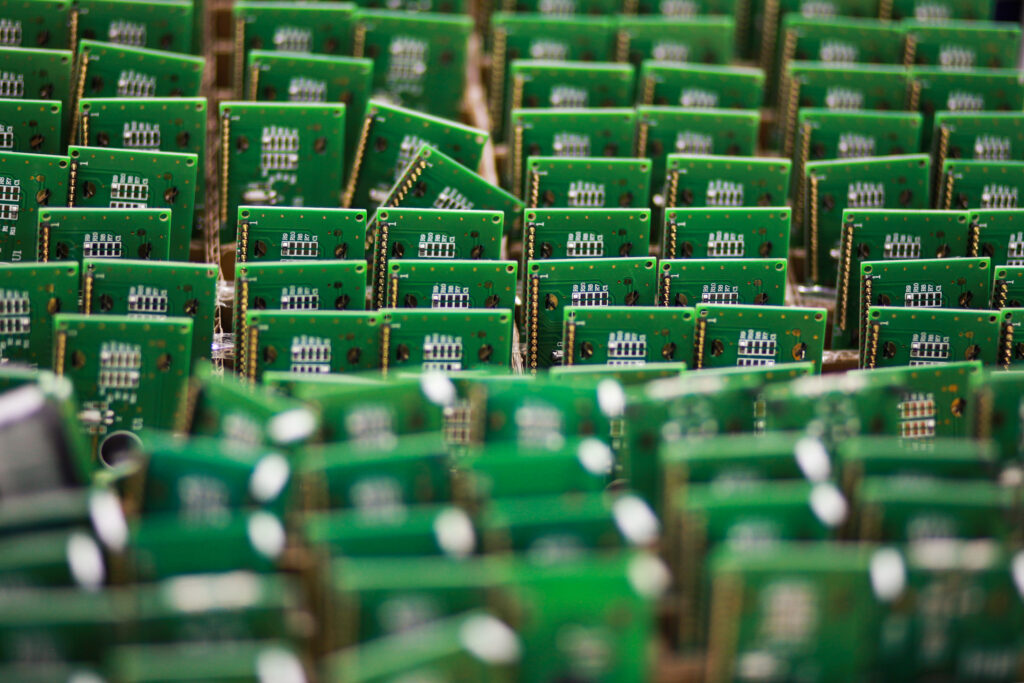A tale of two IPOs: Tata Capital and LG Electronics India
Two massive Indian initial public offerings are set to begin trading next week: Tata Capital’s INR 155bn (USD 1.79bn) float on 13 October and LG Electronics India’s INR 116bn (USD 1.3bn) listing on 14 October.
Though of relatively equal heft, the two capital market events differ in some very interesting ways, according to five sources familiar with the situations.
While non-banking financial company (NBFC) Tata Capital is expected to trade in a rather mundane manner, electronics retailer LG Electronics India is expected to sizzle, the sources said, adding that there are several reasons for the divided forecasts.
“If I had ten bucks to allocate,” said a sixth source familiar with the flotations, “six or seven would go to LG because private consumption will drive economic growth going forward. You could keep the remainder for Tata Capital, or other deals in the [huge] pipeline.”
However, a seventh source said any comparison should be tempered with the knowledge that the two companies operate in starkly different sectors, with Tata Capital under the heavily regulated eye of financial industry watchdogs versus the LG retail play, which is set to derive further benefit from a goods and services tax (GST) proposal.
There are several reasons for a disparity in the debuts and early trading-day prices, the sources said.
Price point
First comes pricing. Tata is currently not trading at any premium in the grey market, said the first source, noting that it’s been priced very richly at 2.5X P/B. The seventh source added there has been a huge correction in Tata’s grey market pre-IPO pricing.
LG Electronics, on the other hand, has left a lot on the table and was trading at a 30% premium in the grey market on 7 October, said the source. The price band for Tata’s issue is INR 310-INR 326 per share, while that of LG is INR 1,080-1,140 per share. They have priced the shares at 30X P/E versus Havells and Voltas that trade in their early 40X P/E, he said.
Diwali extravaganza
LG Electronics is shaping up to be a blockbuster IPO, said the source second, forecasting that its market capital on listing day will be greater than USD 1tn (USD 11.56bn). The third source added that the LG Electronics listing comes at a perfect time – landing pre-Diwali, which falls this year on 20-21 October, customarily a festive time that sees Indians break out their wallets and spend big on electronics and home appliances.
The sixth source noted that despite having a South Korean parent, LG Electronics India is considered an Indian company. The brand enjoys broad market awareness and massive penetration in Indian households, especially for TVs, air conditioners and fridges. There is a consumption story here that investors, keen to participate in expected future demand, will want to help write.
Moreover, added the third source, the Indian finance ministry’s highly anticipated, recently unveiled goods and services tax (GST) – widely viewed as beneficial to the aspirational middle-class segments of society – is expected to further boost spending amid the festive atmosphere that prevails during Diwali.
Tata Capital, on the other hand, which completed a rights issue in July at INR 343 per share and whose GMP once traded at about 3X that figure, has long been seen as over-valued compared to peers, the third source continued.
“You can’t overvalue a business by that much,” said the third source, “even if it has the Tata name,” which connotes the brand’s legacy and connective tissue to India.
A recent bitter, public board room brawl between Tata Trusts and Tata Sons, one of the main selling shareholders of Tata Capital, is also capable of dampening investor sentiment, said the third source. Tata Trusts, in turn, owns an about 66% stake in Tata Sons, as per media reports.
As if Tata’s position wasn’t tenuous enough, roughly a week ago the Reserve Bank of India (RBI) proposed a framework whereby it would allow Indian banks to engage in acquisition finance – an activity hitherto off limits to traditional lenders but allowed by NBFCs such as Tata Capital and private credit arms. The opening may well put pressure on Tata Capital’s acquisition lending business which could rise to the occasion and become more competitive, said the third source. While Tata has seen substantial volume growth in tier two and tier three cities, premiums have shrunk, added the seventh source.
Meanwhile, the sixth source rebutted Tata Capital’s 25% YoY growth, sustained over the past few years with the support of a strong parent and stable management, will mitigate any fallout from the recent guidelines and present less of a concern.
Anchor book allocations
The quality of Tata Capital and LG Electronics’ anchor books, which were published on 3 October and 6 October, respectively, also illustrate the different character of the two market events, according to the fourth and fifth source this news service spoke with.
Tata’s anchor book, said the fifth source, is missing major institutional investors such as GIC, SBI Capital, funds managed by Fidelity Investments, and hedge funds. A sixth source questioned that assessment, pointing to the participation of LIC and funds managed by Goldman Sachs and Morgan Stanley as investors in Tata Capital’s anchor book. It is a sign of strong investor interest, the sixth source contended.
The first, second and fourth source said LG Electronics’ anchor list boasts several blockbuster names, including quite a few hedge funds. Its upcoming retail and institutional bookbuild promises more of the same, said the first source, predicting a “massively oversubscribed book.”
While no clear pattern has emerged from the activity surrounding the pending IPOs by capital raised, market movements by other heavyweights may give some indication of the performance gulfs that exist on India’s capital markets: Hyundai Motors and Swiggy are trading in the green; LIC, NTPC Green, and Hexaware Technologies are down to varying degrees; and HDB Financial – a Tata Capital competitor – is trading flat.
By all accounts, next week’s Indian ECM headlines will be dominated by Tata Capital and LG Electronics’ debuts – and as far as can be adduced, the future of one looks to be treading in murky waters, while the other appears to be cascading like a sparkling stream.
A spokesperson for LG Electronics India said, “seeing the IPO get subscribers on the very first day is not just a reflection of investor confidence — it is a reflection of 28 years of trust that Indian consumer … have placed in LG. Our IPO also coincided with the start of the festive season which has begun on a very positive note, helped significantly by the government’s timely GST reforms.”
Spokespeople from Tata Capital did not respond in time to comment.
[Editor’s note: The article has been updated post-publication to include a comment from LG Electronics India.]










